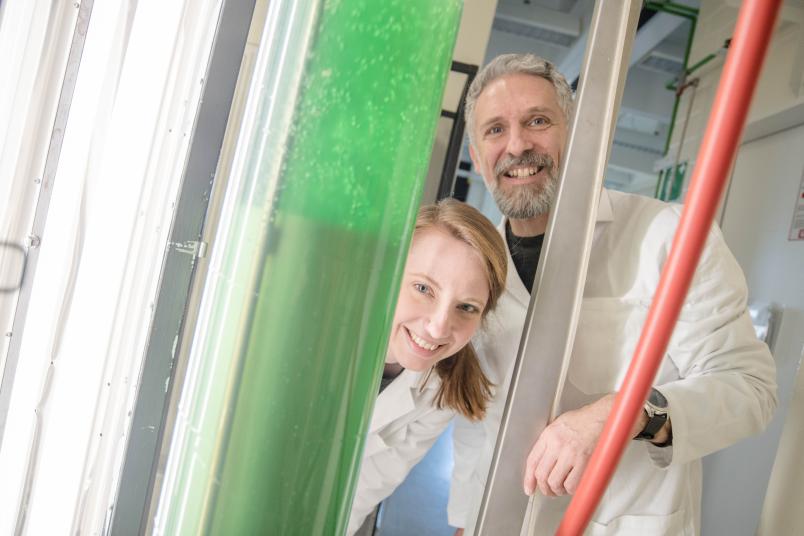
Biology Structure and function of photosynthesis protein explained in detail
Photosynthetic complex I is a key element in photosynthetic electron transport, but little has been known about it so far.
An international team of researchers has solved the structure and elucidated the function of photosynthetic complex I. This membrane protein complex plays a major role in dynamically rewiring photosynthesis. “The results close one of the last major gaps in our understanding of photosynthetic electron transport pathways,” says Associate Professor Dr. Marc Nowaczyk, who heads the Bochum project group “Cyanobacterial Membrane Protein Complexes”. Together with his colleagues from the Max Planck Institute for Biochemistry, Osaka University and other collaboration partners, he reports the work in the renowned journal “Science”, published online on 20 December 2018.
Involved in two processes
Complex I is found in most living organisms. In plant cells it is used in two places: one is in mitochondria, the cell’s power plants, the other is in chloroplasts, where photosynthesis occurs. The structure and function of mitochondrial complex I as part of cellular respiration has been well investigated, whereas photosynthetic complex I has been little studied so far.
Highly efficient electron transport
Using cryoelectron microscopy, the researchers were able to solve for the first time the molecular structure of photosynthetic complex I. Additionally, they gained new insights into the function of the protein complex.
“This enabled us to bring the structure together with the function of the photosynthetic complex I and gain a detailed insight into the molecular basis of electron transport processes,” summarises Marc Nowaczyk. “In the future, we plan to use this knowledge to create artificial electron transport chains that will enable new applications in the field of synthetic biology.”